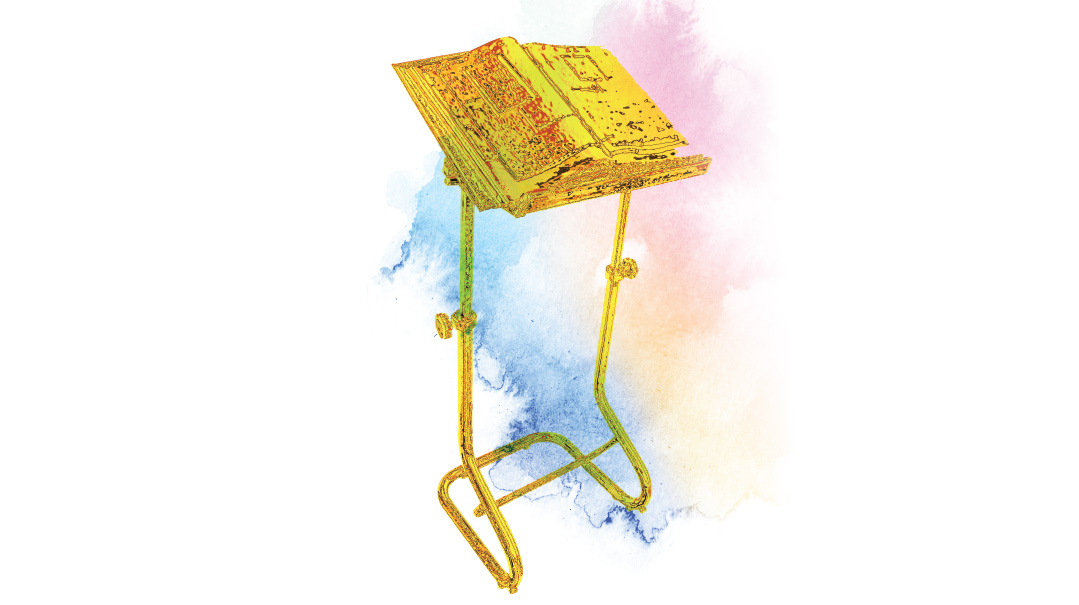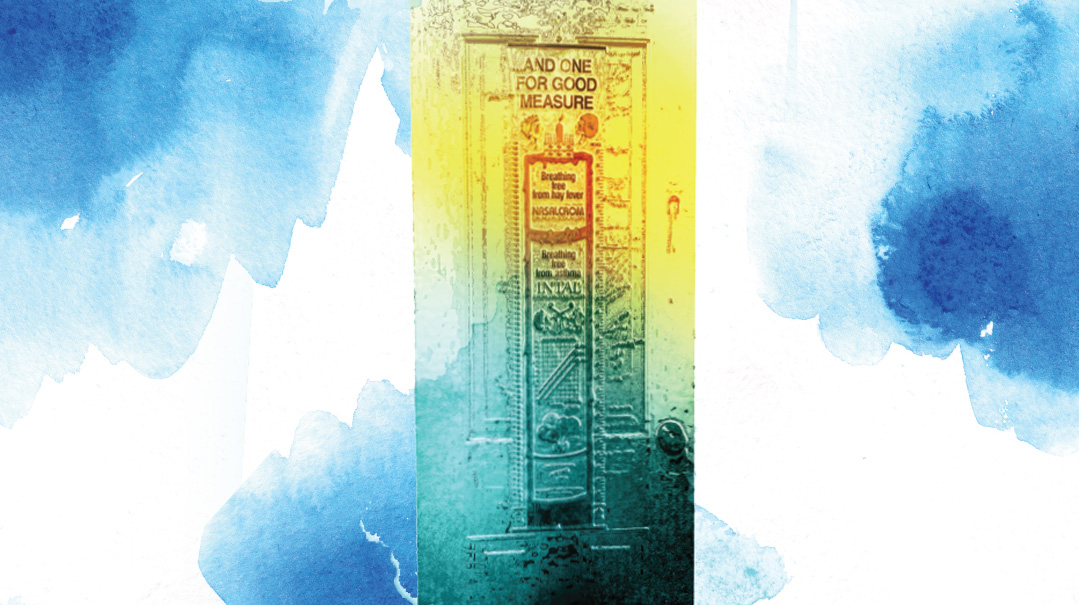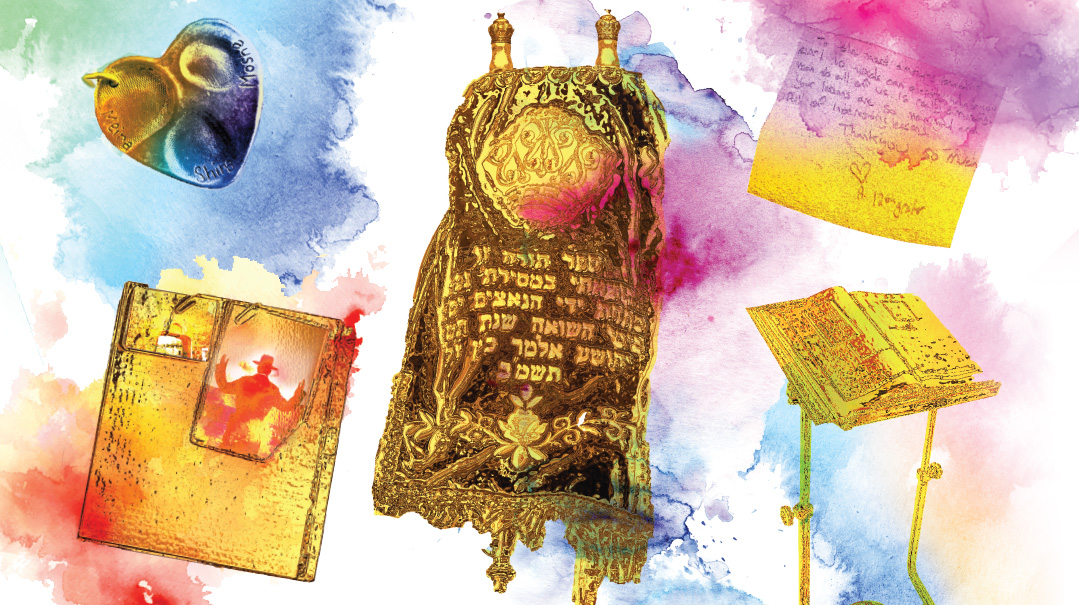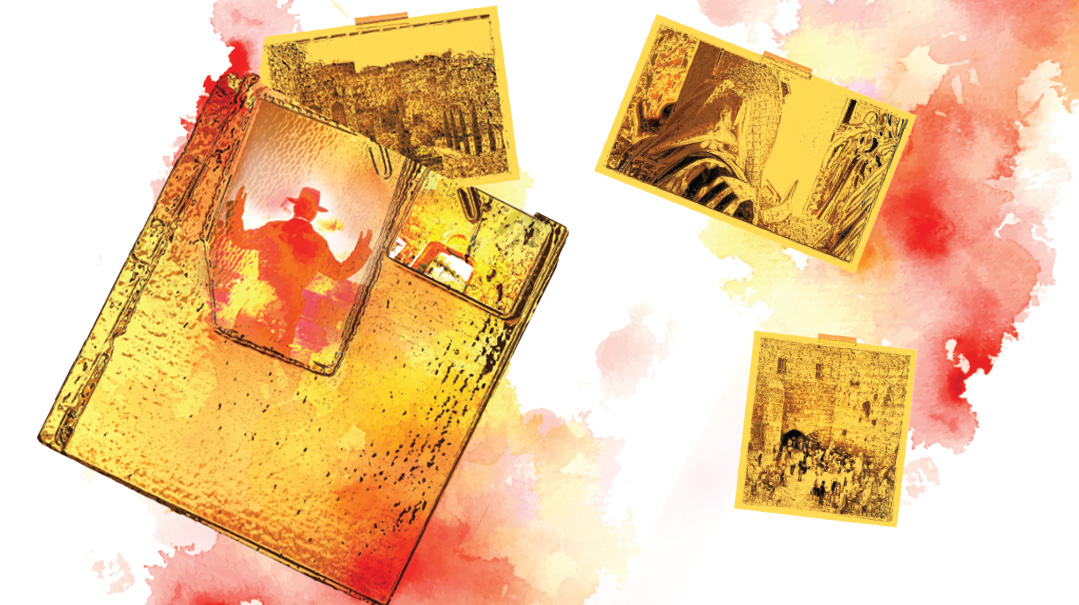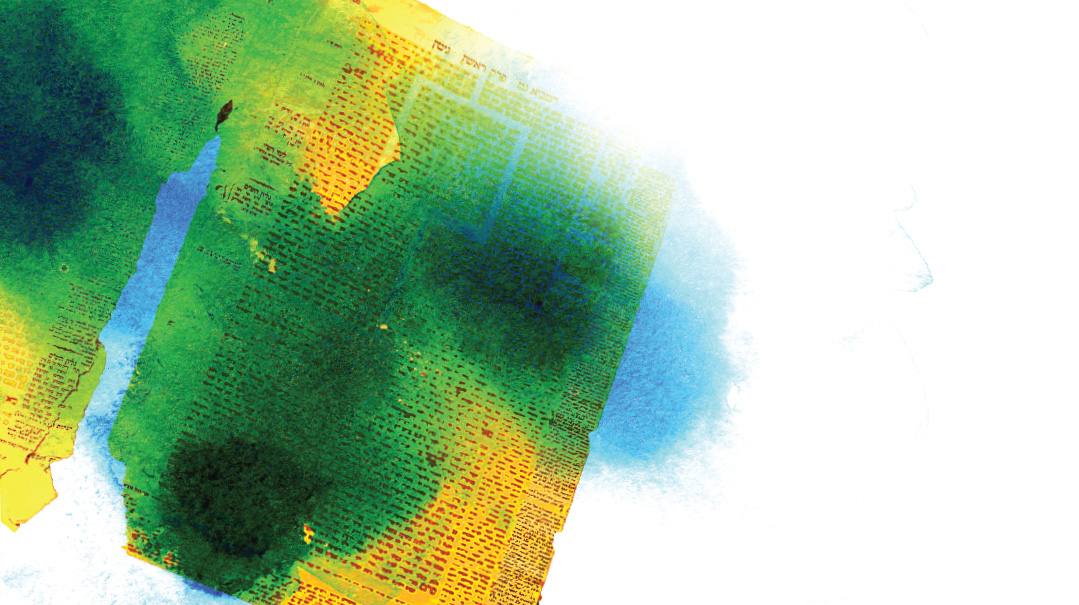No Greater Treasure
| September 20, 2022“He would be killed just for having it in his possession. But a Torah is a Torah and my father was determined to save it”
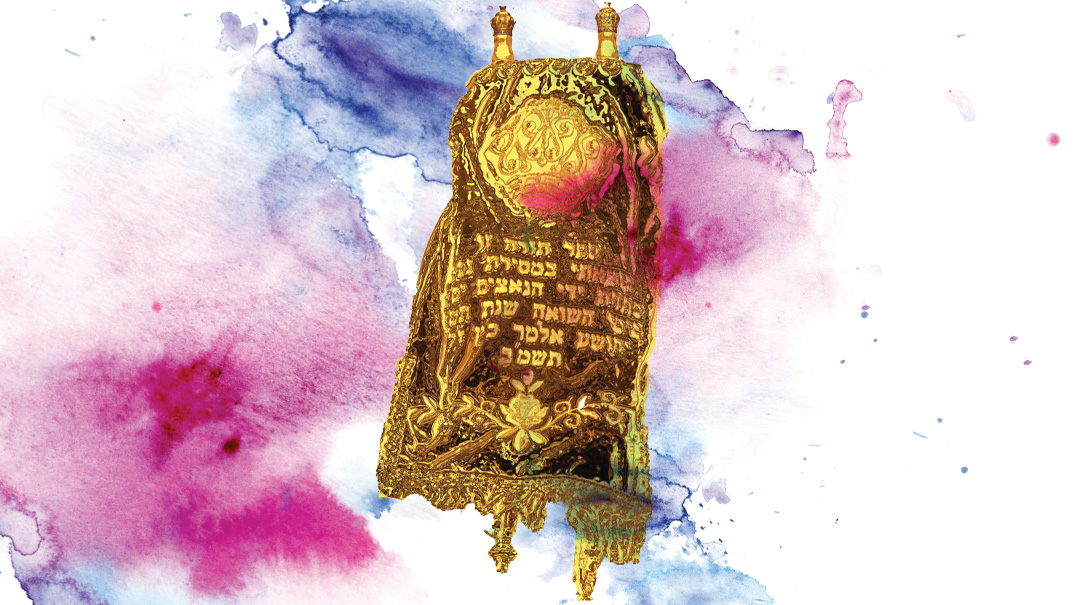
As told to Sandy Eller by Rabbi Benzion Katz
IT measures just 15 by 10 inches, is over a century old, and has been part of the fabric of my life since before I was born.
It is the sefer Torah that my father rescued from the depths of a World War II work camp during one of the darkest times known to humanity. Whose it was and where it came from is a mystery. But what happened to this priceless treasure since then is a story that bridges the gaps between the past, present, and future, links in a chain that can never be broken.
My father, Reb Yehoshua Alter Katz, grew up in Apsha, Czechoslovakia, a small town near the Romanian border. He would tell me how his father, whose name I bear, was so wealthy that they once took a 15-minute train ride through the Czechoslovakian forest so that my zeidy could show my father how he earned his parnassah.
“You see the forest we crossed on the train?” my grandfather asked my father. “All those trees, all that lumber belongs to me. And the train? That’s mine too.”
My parents met before the war and were engaged for six years. My mother came from the Hungarian town of Nanash, and she and her family were taken away to Theresienstadt, the “model” concentration camp, where they all survived. I still have the siddur my father gave my mother as an engagement gift — it has a Hungarian translation and is well over 70 years old.
But while my mother and her family fared relatively well during the war, my father was sent to a Hungarian work camp whose name he never shared with me. Although the conditions and work were brutal, he and his fellow workers weren’t living in fear for their lives. But all that changed on the day that my father found a small sefer Torah in the camp among a pile of seforim strewn across the floor.
He had no idea who it belonged to, but he knew that it would be destroyed if it was discovered by the guards. He also knew he would be killed just for having it in his possession. But a Torah is a Torah and my father was determined to save it.
Oops! We could not locate your form.

